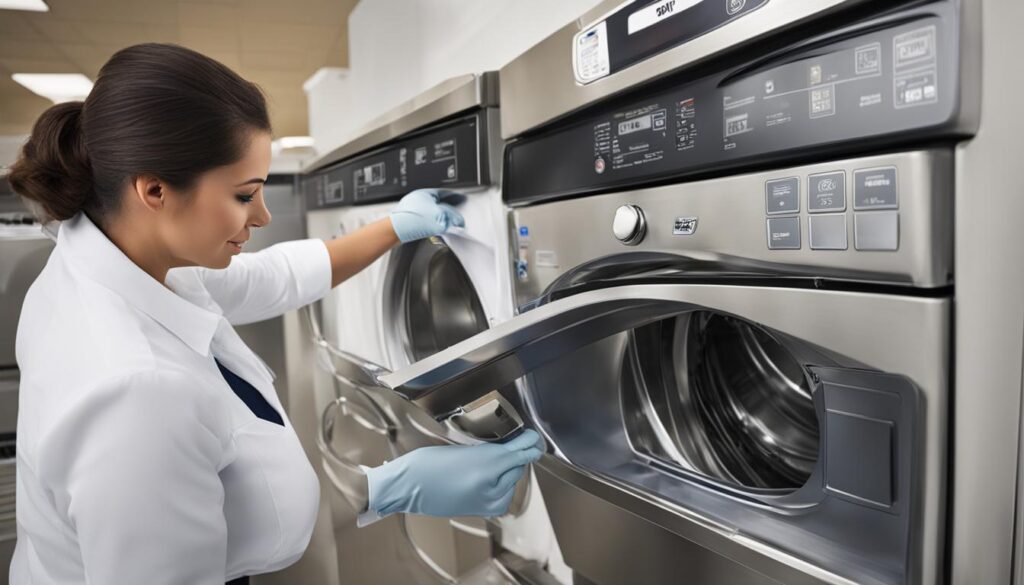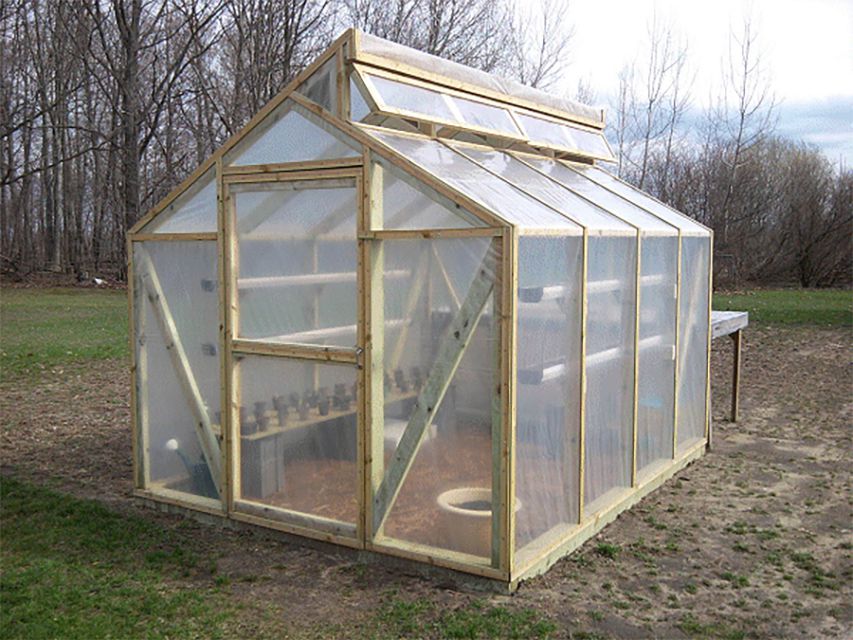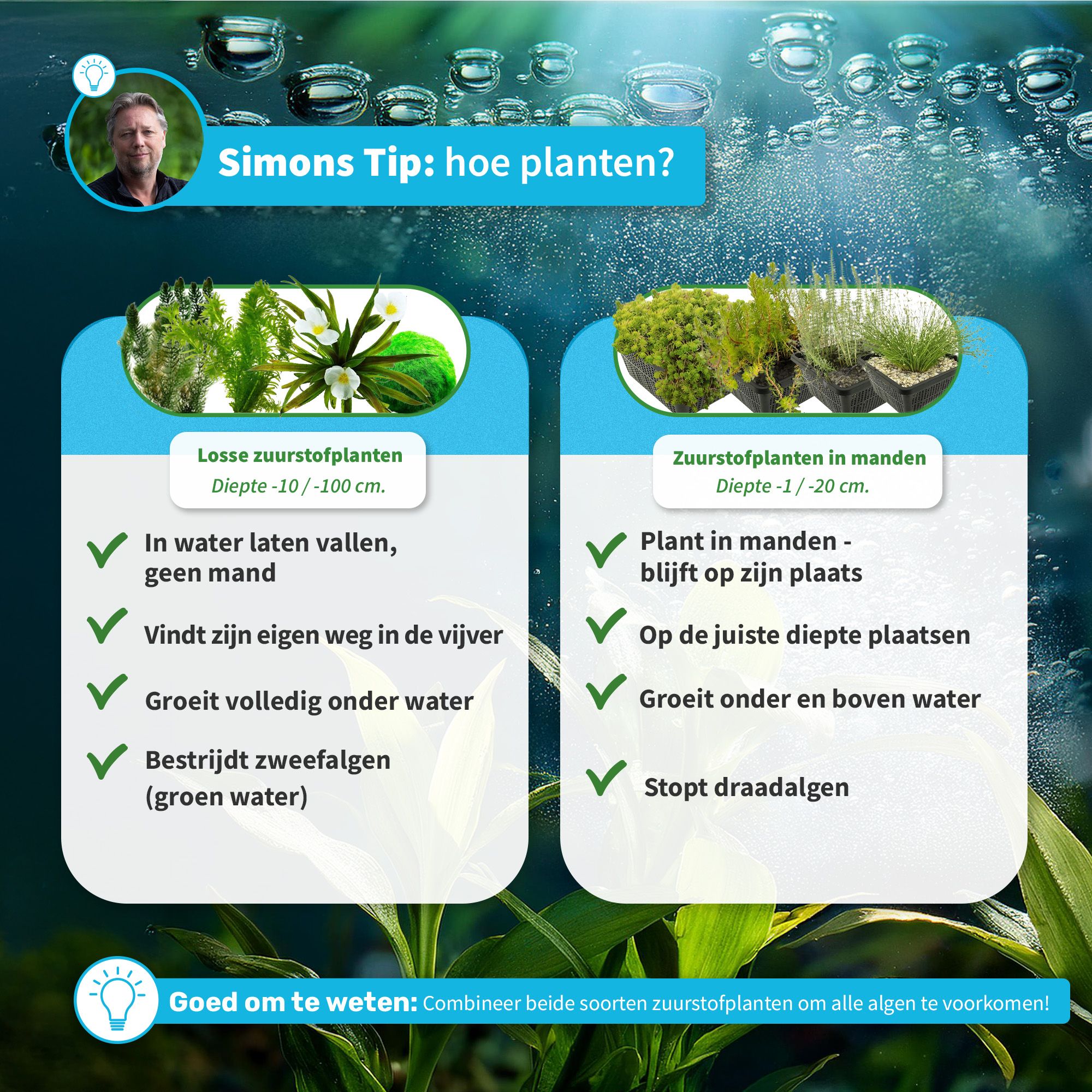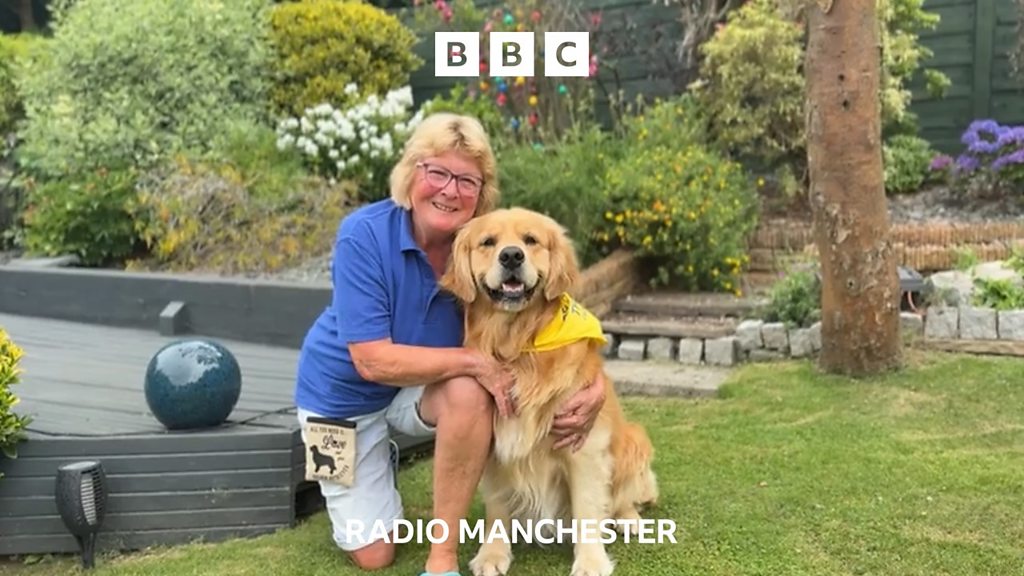DIY Flashlight: How to Build Your Own Emergency Light Source
DIY flashlight: how to build your own emergency light source
Create your own flashlight can be both a practical skill and an enjoyable project. Whether you’re prepared for emergencies, teach children about basic electronics, or only enjoy a hand on activity, build a DIY flashlight offer valuable experience with minimal investment. This guide will walk you through several methods to will create functional flashlights will use materials you potential already have at home.
Why build your own flashlight?
Before diving into construction methods, let’s consider why make your own flashlight might be worthwhile:
- Emergency preparedness when commercial options aren’t available
- Educational value in understand basic electrical circuits
- Customization options not find in store buy models
- Satisfaction of create something functional with your own hands
- Reduce waste by repurpose household items
Essential components for any DIY flashlight
Disregarding of which construction method you choose, all flashlights require these basic components:
Power source
The nearly common power sources for DIY flashlights include:
- AA or AAA batteries (1.5v each )
- 9v batteries (compact but powerful )
- Button cell batteries (for mini flashlights )
- Rechargeable batteries (environmentally friendly option )
Light source
Modern DIY flashlights typically use one of these light sources:
- Lead bulbs (near efficient and durable )
- Small incandescent bulbs (easier to find but less efficient )
- Led strips (for broader light coverage )
Conductors
To will complete the circuit, you will need materials that will conduct electricity:
- Copper wire
- Aluminum foil
- Paper clips
- Metal screws or nails
Housing / case
The outer structure of your flashlight can be made from various materials:
- PVC pipe
- Cardboard tubes
- Plastic bottles
- Wooden blocks
- Empty containers (like pill bottles or film canisters )
Switch mechanism (optional )
While basic flashlights can work by manually connect wires, a switch makes operation more convenient:

Source: nextpcb.com
- Push button switches
- Slide switches
- Toggle switch
- DIY switches use paper clips or metal strips
Basic DIY flashlight use a plastic bottle
This simple design use a plastic bottle as the housing and require minimal tools.
Materials need:
- Small plastic bottle (water or soda bottle )
- Lead bulb (3v or 5 mm led works wellspring )
- 2 AA batteries
- Aluminum foil
- Electrical tape
- Scissors or utility knife
- Small piece of cardboard
Construction steps:
- Clean and dry the plastic bottle good.
- Cut the bottle virtually 2 inches from the bottom to create a cup like container.
- Cut a small piece of cardboard to fit inside the bottle bottom. This will serve as the battery holder.
- Cover one side of the cardboard with aluminum foil, fold it around the edges.
- Place the batteries on the foil side of the cardboard, make sure they’re aligned in serie(( positive end of one touch the negative end of the othe)).
- Cut two strips of aluminum foil. One will connect the negative terminal of the battery to one leg of the LED, and the other will connect the positive terminal to the other lead leg.
- Identify the longer leg of the LED (the anode / positive leg )and connect it to the positive terminal of the battery use one foil strip.
- Connect the shorter leg of the LED (the cathode / negative leg )to the negative terminal use the other foil strip.
- Secure all connections with electrical tape.
- Make a small hole in the bottle cap and push the LED through therefore it points outwards.
- Screw the cap backwards onto the bottle section.
You instantly have a basic flashlight! To turn it off, but disconnect one of the foil strips from the battery terminal.
PVC pipe flashlight with switch
This more durable design use PVC pipe as housing and include a simple switch mechanism.
Materials need:
- PVC pipe (1 inch diameter, approximately 6 inches long )
- 2 PVC end caps that fit the pipe
- Lead bulb or small flashlight bulb
- 2 3 AA batteries
- Copper wire (18 22 gauge )
- Small spring (from a pen or small toy )
- Push button or slide switch (or materials to make a dDIYswitch )
- Drill with small bit
- Electrical tape
- Hot glue gun
Construction steps:
- Drill a small hole in the center of one PVC end cap, simply large adequate for the LED bulb to fit done.
- Drill another small hole in the side of the PVC pipe near the top for the switch.
- Cut two pieces of copper wire, each almost 8 inches long.
- Thread one wire through the hole in the end cap and solder or firmly attach it to the positive leg of the LED.
- Attach the other wire to the negative leg of the LED.
- Push the LED through the hole in the end cap so it protrudesslendery, so secure it with hot glue from the inside.
- Place the spring in the other end cap. This will serve as the negative terminal contact.
- Connect the negative wire from the LED to one terminal of the switch.
- Run another wire from the second terminal of the switch to the spring in the end cap.
- Insert the batteries into the PVC pipe, ensure the positive end face the LED.
- Attach both end caps. The spring should press against the negative terminal of the battery.
When you press the switch, it completes the circuit, allow electricity to flow from the batteries to theLEDd, illuminate your flashlight.
Altoids tin mini flashlight
This compact design use an Altoids tin or similar small metal container as the housing.
Materials need:
- Altoids tin or similar metal container
- 9v battery
- 9v battery connector clip
- Small LED bulb
- 330 ohm resistor (to protect the lLED)
- Small toggle or slide switch
- Electrical tape
- Drill with small bit
- Hot glue gun
- Solder iron and solder (optional but recommend )
Construction steps:
- Drill a small hole in the center of the lid of the Altoids tin, sized for your LED.
- Drill another small hole in the side of the tin for the switch.
- Connect the 9v battery to the connector clip.
- Solder one wire from the battery clip to one terminal of the switch.
- Solder a wire from the other terminal of the switch to one leg of the resistor.
- Solder the other leg of the resistor to the positive (longer )leg of the leLED
- Solder a wire from the negative terminal of the battery clip to the negative (shorter )leg of the leLED
- Insert the lead through the hole in the lid, with the bulb face outwards.
- Secure the LED with hot glue from the inside.
- Mount the switch in the hole on the side of the tin.
- Place the battery inside the tin, arrange the wires neatly.
- Close the tin, ensure no wires are pinch.
This mini flashlight is perfect for emergency kits or glove compartments due to its compact size.
Advanced features and modifications
Once you havmastereder the basic flashlight designs, consider these enhancements:
Adjustable brightness
Add a potentiometer (variable resistor )in series with your leLEDo create an adjustable brightness control. This alallowsou to conserve battery power when full brightness isn’t nneeded
Multiple light modes
With the addition of a microcontroller like an Arduino NATO, you can program different lighting modes such as steady, flash, or SOS patterns. This requires basic programming knowledge but add significant functionality.
Rechargeable design
Incorporate anUSBb charge port and rechargeable batteries to create aneco-friendlyy flashlight that doesn’t require battery replacement. Solar panels can besides beaddedd for off grid charging capability.

Source: besthomeimprovementideas.com
Water resistance
Improve the weather resistance of your flashlight by add rubber gaskets at the seams and use silicone sealant around any openings. This makes your creation more practical for outdoor use.
Focus mechanism
Create an adjustable focus by mount your LED on a slide mechanism inside a tube with a lens at the end. This allows you to switch between a widefloodlightt and a concentrated beam.
Troubleshoot common DIY flashlight problems
Yet with careful construction, issues may arise. Here are solutions to common problems:
Flashlight doesn’t light up
- Check battery orientation (positive and negative terminals )
- Verify all connections are secure
- Test the LED with a fresh battery instantly
- Look for breaks in the wire or circuit
- Ensure the switch is function decent
Dim light output
- Replace batteries with fresh ones
- Check for high resistance connections
- Verify you’re use the correct resistor value (if applicable )
- Make sure the LED is rate for your battery voltage
Intermittent operation
- Look for loose connections
- Check for corrosion on battery terminals
- Secure any wobbly components with hot glue
- Test the switch for reliable operation
Overheat
- Add an appropriate resistor if your LED is got overly hot
- Ensure you’re not exceeded thLEDed’s voltage rating
- Provide ventilation holes if you use high poLEDsleds
Safety considerations
While DIY flashlight projects are mostly safe, keep these precautions in mind:
- Ne’er short circuit batteries as they can overheat or leak
- Use appropriate eye protection when drill or cut materials
- Be cautious with soldering irons to avoid burns
- Keep small components aside from children who might swallow them
- Decently dispose of old batteries accord to local regulations
- Use appropriate resistors with LEDs to prevent burnout
Educational value for children
Build a DIY flashlight make an excellent educational project for children (with appropriate supervision ) It teteachesaluable concepts include:
- Basic electrical circuits and conductivity
- Positive and negative polarity
- Energy conversion (electrical to light )
- Problem solve skills
- Tool usage and manual dexterity
- Resource conservation and recycling
Conclusion
Create your own DIY flashlight is more than scarce a practical exercise — it’s an opportunity to learn, innovate, and develop self-reliance. Whether you opt for the simplest design use a plastic bottle or tackle the more advanced versions with switches and special features, the process provides valuable skills and a useful final product.
The satisfaction of illuminate a dark room with a light you build yourself can not be understated. Plus, in emergency situations when commercial flashlights are unavailable or batteries are dead, know how to create a light source from household items could prove invaluable.
As you become more comfortable with the basic designs, don’t hesitate to experiment with modifications and improvements. Each iteration will enhance your understanding of electronics and potentially will result in a flashlight absolutely will tailor to your specific needs. Happy building!
MORE FROM hotondeals.com













